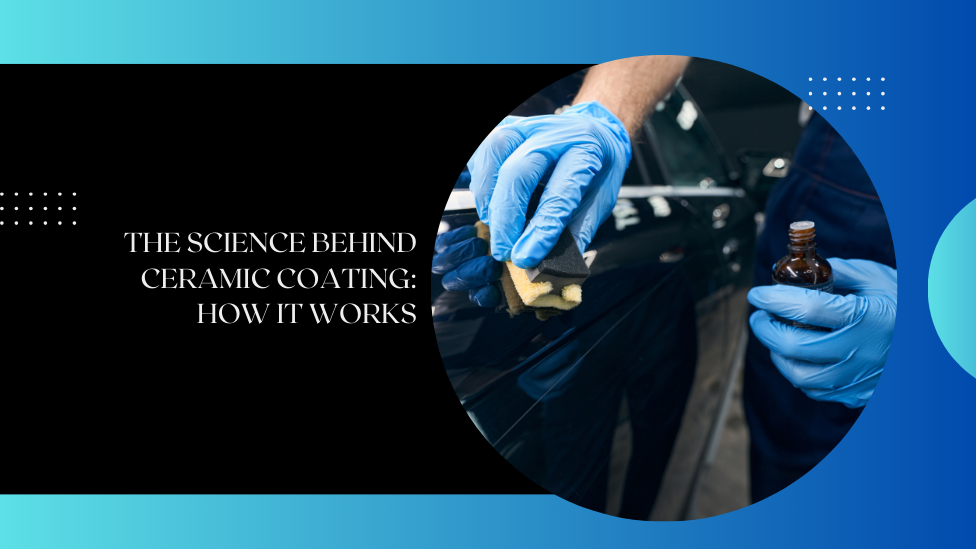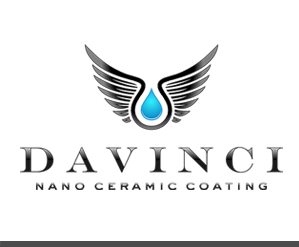Ceramic coating has become a buzzword in the world of automotive care. Praised for its glossy finish, hydrophobic properties, and long-lasting protection, many car enthusiasts and detailers promote it as the ultimate solution for paint preservation. However, as with any product, it’s essential to understand the full picture before making an investment. In this article, we explore the disadvantages of ceramic coating, shedding light on the less-discussed side of this popular treatment.
1. High Initial Cost
One of the most apparent disadvantages of ceramic coating is the high upfront expense. Professional application can cost anywhere from $500 to $2,000, depending on the brand and service provider. While this might seem like a reasonable price for long-term paint protection, it can be a significant investment for the average car owner—especially when comparing it to traditional waxing or sealants.
In addition, high-end ceramic coatings require professional prep work, which includes paint correction and surface decontamination. These extra services increase the total cost and may not always be necessary depending on the condition of the vehicle.
2. Not a Complete Protection Solution
Many people are misled into believing ceramic coating makes their car invincible. In reality, it’s not a miracle shield. While ceramic coatings do protect against minor scratches, UV rays, and chemical stains, they do not prevent major damages such as rock chips, deep scratches, or dents from impacts.
If you’re driving frequently on highways or off-road, you may still need to invest in additional protection like Paint Protection Film (PPF) or a high-quality clear bra. Ceramic coating may enhance aesthetics, but it should not replace robust physical protection methods.
3. Requires Professional Application
Although DIY ceramic coating kits are available in the market, achieving professional results without prior experience is incredibly challenging. Improper application can lead to high spots, streaks, and uneven coating that are difficult to remove. Unlike wax or sealants that can be buffed off, hardened ceramic coatings often require machine polishing or paint correction to fix mistakes.
This complexity in application discourages DIYers and adds to the overall cost, making it less accessible for individuals seeking a low-maintenance, user-friendly solution.
4. Limited Durability in Real-World Conditions
Marketing often claims ceramic coatings last 2–5 years or more, but real-world conditions can significantly reduce their lifespan. Environmental contaminants like bird droppings, tree sap, industrial fallout, and harsh detergents can degrade the coating over time.
Moreover, improper washing techniques—such as using abrasive cloths or automated car washes with brushes—can wear down the coating layer. This means that consistent maintenance is still required, even after investing in ceramic protection.
5. Needs Regular Maintenance
Despite being marketed as “maintenance-free,” ceramic coatings actually require proper upkeep to maintain their performance and appearance. Regular washing with pH-neutral shampoo, use of ceramic-safe products, and periodic inspections are necessary to keep the coating functioning as intended.
If the coating is neglected, it may start to lose its water-repellent properties, and the shine can fade over time. This contradicts the idea of a “set-it-and-forget-it” solution, which is how ceramic coatings are often presented in advertising.
6. Doesn’t Eliminate the Need for Washing
A common myth is that once a car is ceramic coated, it will never need washing again. This is far from the truth. While the hydrophobic properties of ceramic coatings make it easier for water and dirt to slide off the surface, your vehicle will still get dirty.
Road grime, brake dust, and other contaminants can stick to the surface, especially in rainy or dusty environments. You’ll still need to wash your vehicle regularly to keep it looking its best, just with a bit less effort than before.
7. Difficult to Remove or Replace
Once a ceramic coating has been applied and cured, removing it is no easy task. Unlike waxes or sealants that wear off with time or can be stripped with a cleaner, ceramic coatings need to be mechanically polished off. This process can be time-consuming and may require professional equipment.
This makes it difficult if you decide to switch brands, reapply, or go back to another form of protection. It also adds to the labor and cost if something goes wrong during application or if the coating fails prematurely.
8. Not Ideal for All Paint Types
Some types of vehicle paint may not bond well with certain ceramic coatings. Matte or satin finishes, for example, can lose their unique texture and appearance when coated with glossy ceramic products. Additionally, older vehicles with failing clear coat may not benefit from ceramic coating, as it won’t hide imperfections or restore damaged surfaces.
Understanding the compatibility of your vehicle’s paint with the product is crucial. Otherwise, you risk compromising the car’s aesthetics instead of enhancing them.
9. Overhyped Marketing Claims
The auto detailing industry is full of buzzwords and exaggerated claims. While ceramic coatings offer tangible benefits, many companies overpromise and underdeliver. Claims like “scratch-proof,” “permanent shine,” or “never wax again” should be taken with skepticism.
Consumers who fall for these promises may feel misled after noticing that their car still gets dirty, still scratches, and still needs maintenance. Managing expectations is essential to avoid disappointment with the results.
10. Environmental Sensitivity During Curing
After a ceramic coating is applied, it requires a curing period—usually 24 to 48 hours—during which the vehicle should be kept away from water, dust, and sunlight. Some professional-grade coatings require up to a week of controlled environment curing to fully harden and bond to the paint.
For those without access to a garage or indoor storage, this can be a logistical challenge and increases the risk of curing-related issues such as water spots or contamination.
Conclusion: Is Ceramic Coating Right for You?
Ceramic coating offers numerous benefits, but it’s not without its drawbacks. From high upfront costs and complicated application to the need for regular maintenance and exaggerated expectations, it’s crucial to consider both sides before committing.
Ceramic coating cons don’t necessarily make it a bad choice—they simply highlight that it’s not a one-size-fits-all solution. If you’re looking for long-term gloss and minor protection and are willing to maintain it properly, ceramic coating might be worth it. However, if you expect a maintenance-free, damage-proof layer for your vehicle, you may be better off exploring alternative protection methods or combining ceramic coating with other solutions.
Understanding the disadvantages of ceramic coating will help you make an informed decision and ensure you get the most out of your investment—without falling for the hype.




